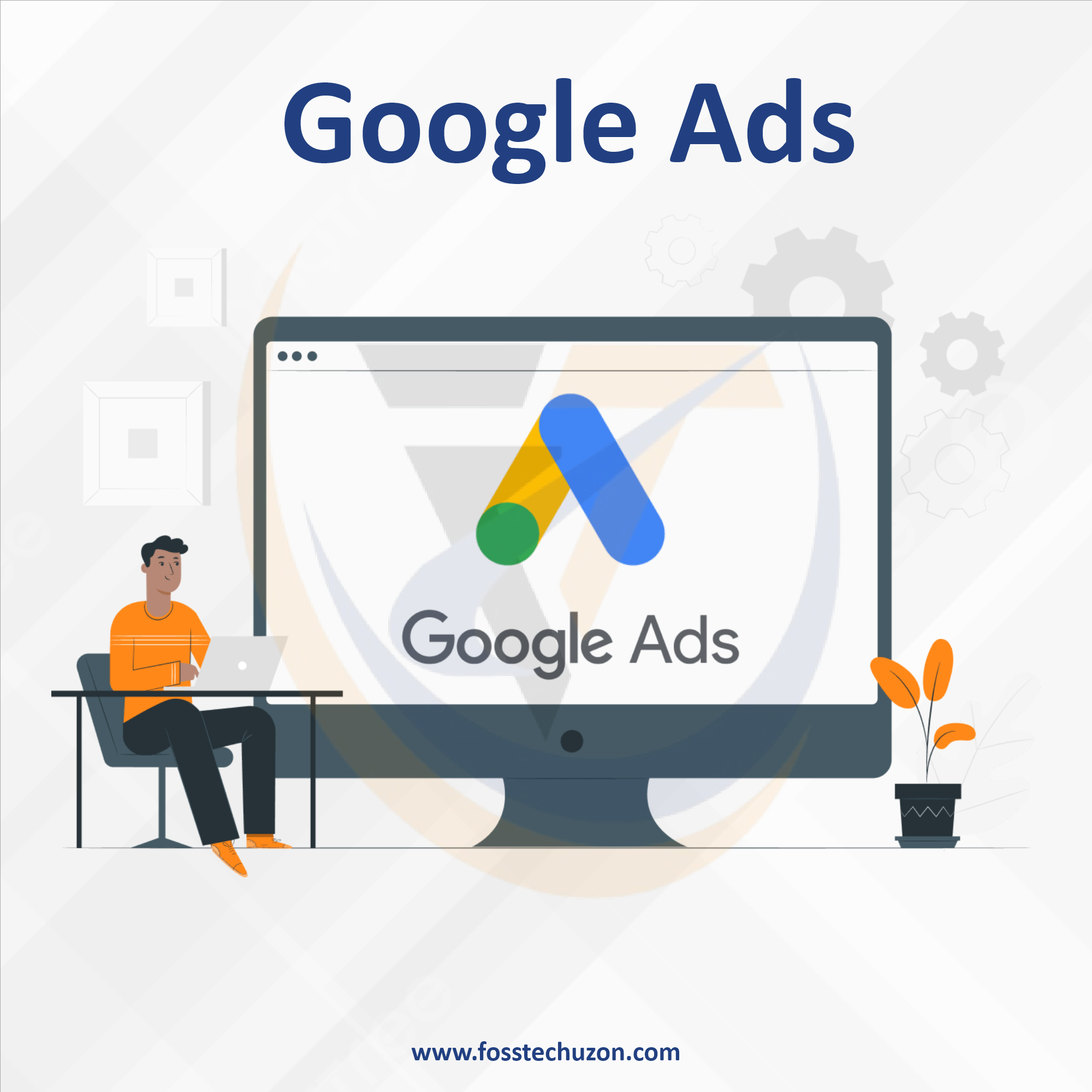Google Ads
Google Ads offers various services and features to help advertisers reach their target audience and achieve their marketing goals. Here are some of the key services and features provided by Google Ads

Google Ads is an advertising platform offered by Google that allows businesses and advertisers to display their ads on Google's search engine results pages (SERPs), as well as on various other Google-owned properties, websites, and apps. It's one of the most popular and widely used online advertising platforms available today. Google Ads offers various services and features to help advertisers reach their target audience and achieve their marketing goals. Here are some of the key services and features provided by Google Ads:
-
Search Advertising: Advertisers can create text-based ads that appear on Google's search engine results pages when users search for specific keywords or phrases relevant to their business. These ads are usually displayed at the top or bottom of the search results.
-
Display Advertising: Google Ads allows advertisers to create visual banner ads, video ads, and interactive ads that can be displayed on a wide network of websites and apps within the Google Display Network. These ads can target specific demographics, interests, and behaviors.
-
Video Advertising: Advertisers can run video ads on YouTube, which is owned by Google. These ads can appear before, during, or after YouTube videos and can be highly targeted based on user behavior and preferences.
-
Shopping Advertising: E-commerce businesses can create product listings and showcase their products directly in Google's search results and on the Google Shopping tab. This is especially useful for showcasing product images, prices, and reviews.
-
App Advertising: Google Ads offers options for promoting mobile apps, including app install campaigns to drive downloads or engagement campaigns to encourage users to interact with the app.
-
Local Advertising: Advertisers can target users based on their location, making it effective for local businesses to reach nearby customers. This can include location-specific extensions and ads on Google Maps.
-
Remarketing: Google Ads allows advertisers to show ads to users who have previously visited their website or engaged with their content. This can help re-engage potential customers and improve conversion rates.
-
Smart Bidding: Google Ads uses machine learning to optimize bidding strategies for advertisers, helping them get the most value out of their ad spend. This includes strategies like target CPA (Cost Per Acquisition) and target ROAS (Return on Ad Spend).
-
Keyword Targeting: Advertisers can choose specific keywords and phrases to trigger their ads when users search for those terms. Keyword targeting is a fundamental aspect of search advertising.
-
Audience Targeting: Advertisers can create custom audiences based on user behavior, demographics, and interests. Google Ads allows for precise audience targeting to reach the most relevant potential customers.
-
Ad Extensions: These allow advertisers to include additional information in their ads, such as site links, callout extensions, location extensions, and more, making ads more informative and compelling.
-
Analytics and Reporting: Google Ads provides detailed analytics and reporting tools to track the performance of campaigns, measure conversions, and assess the return on investment (ROI).
To utilize Google Ads effectively, businesses often work with digital marketing agencies or in-house teams with expertise in PPC (Pay-Per-Click) advertising. It's essential to set clear goals, budgets, and strategies to make the most of Google Ads services and maximize the impact of your advertising efforts.
Category
Google ServicesInterested in Google Ads?
Contact us today to learn more about how we can help you with Google Ads.
Get In Touch